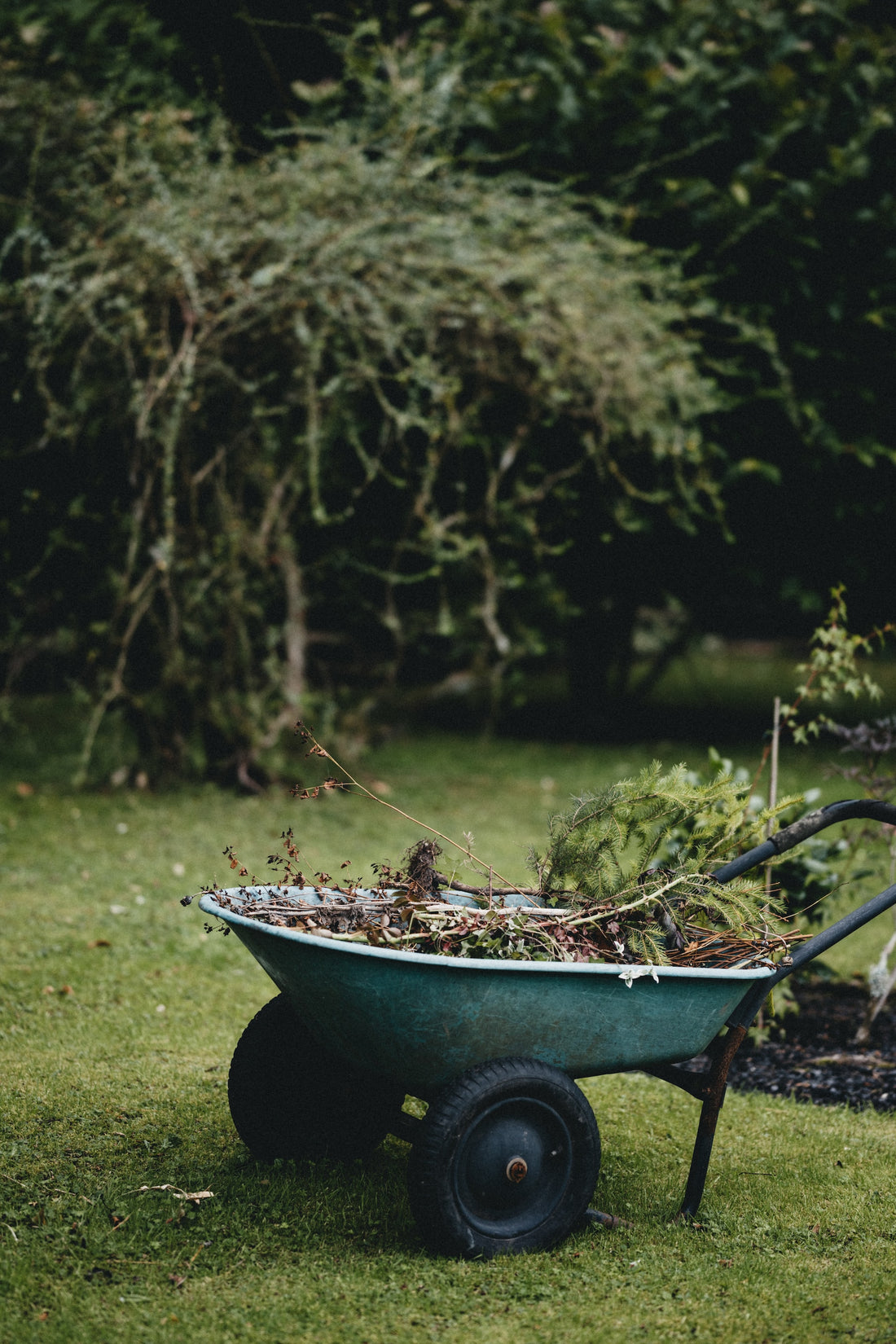Properly preparing your garden for the winter months can have numerous benefits, including reducing weed populations, minimizing plant insect pests, preventing rodent infestation, and making your workload lighter when spring arrives. It also sets the stage for a successful growing season next year.
Harvest and Clean-Up
Harvest any remaining fruits or vegetables in the garden. This includes tomatoes, peppers, and beans that are still on the plants. Store only the mature fruits and discard any immature or rotten ones. Late blight-infected tomato fruits and potato tubers should be thrown away in the trash to prevent the spread of disease.
Once you have harvested your crops, it's time to clean up the garden. Choose a dry, sunny day in the late morning or afternoon to minimize the spread of disease spores. Start by removing any dead or dying plants, as well as any fallen leaves or debris. Pull out garden labels, stakes, cages, and trellises, and clean them thoroughly before storing them for the winter.
Take Care Of Plant Debris
Pull up the entire plant, including its main roots and fallen leaves. This is especially important for plants that may have been affected by fungal pathogens. Bag and dispose of severely infected plant materials to prevent the spread of disease. The rest of the garden plants can be piled for composting or left in the garden to decompose.
Vegetative matter from weeds can be added to a hot compost pile, where the high temperatures will help kill weed seeds, insect eggs, and pathogens. It's important to know what can and cannot be added to your compost pile. Seed heads of annual weeds and rhizomes from perennial weeds should not be added to a cold compost pile, as they can potentially regrow. Instead, bag and dispose of these items in the trash.
Add Organic Matter and Mulch
Add a layer of finished compost to your garden beds to improve soil health. This will help replenish nutrients and improve soil structure. Lightly cover the beds with mulch to suppress weeds and protect the soil without insulating the beds too much. Many diseases and pests are killed when the soil freezes in winter, so it's best not to mulch the beds too thickly.
In addition to adding compost, gather fallen leaves to use as mulch in your garden. Shredded leaf mulch can help suppress weeds, retain moisture, and provide soil enrichment as it decomposes. You can use your lawn mower to shred leaves and grass and then spread the mixture over your garden beds. This is a great way to recycle organic material and improve the health of your soil.
Plant Cover Crops
Cover crops, such as winter rye or clover, can help prevent soil erosion, suppress weeds, and improve soil fertility. They also add organic matter to the soil when they are tilled under in the spring.
To plant cover crops, clear the garden beds of any remaining plants and debris. Broadcast the cover crop seeds over the soil surface and lightly rake them in. Water the area thoroughly and continue to water as needed until the cover crops are established. In the spring, you can till the cover crops into the soil or simply cut them down and leave them as mulch.
Clean and Store Garden Tools
Properly cleaning and storing your garden tools is essential to prevent the spread of disease. Start by cleaning your tools under running water and using a clean cloth to wipe away any moisture and dirt. Use steel wool to remove any rust, and disinfect the tools with rubbing alcohol. Finally, spray the metallic parts of your tools with WD-40 to prevent rusting, and store them in a dry shed or garage.
Plan for Next Year
As you clean up your garden and prepare it for winter, take the time to reflect on the past growing season and plan for the future. Make notes about which plants performed well, which ones had issues with pests or diseases, and any improvements you'd like to make for next year. This information will be valuable when it comes time to select seeds or plan your garden layout in the spring.
A gardening journal or notebook to record your observations and ideas is a great idea. This will help you stay organized and make informed decisions when it comes to planting and caring for your vegetable garden in the future.



